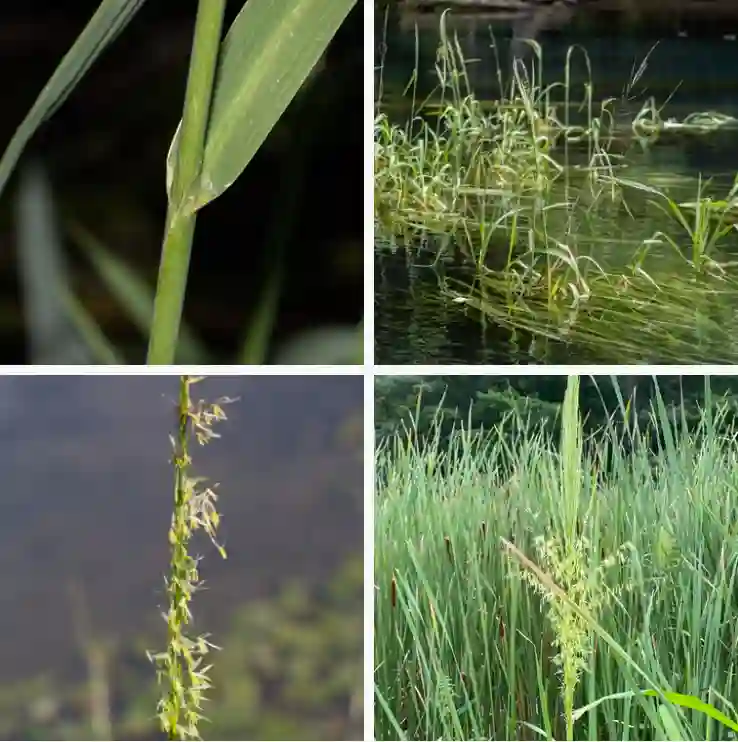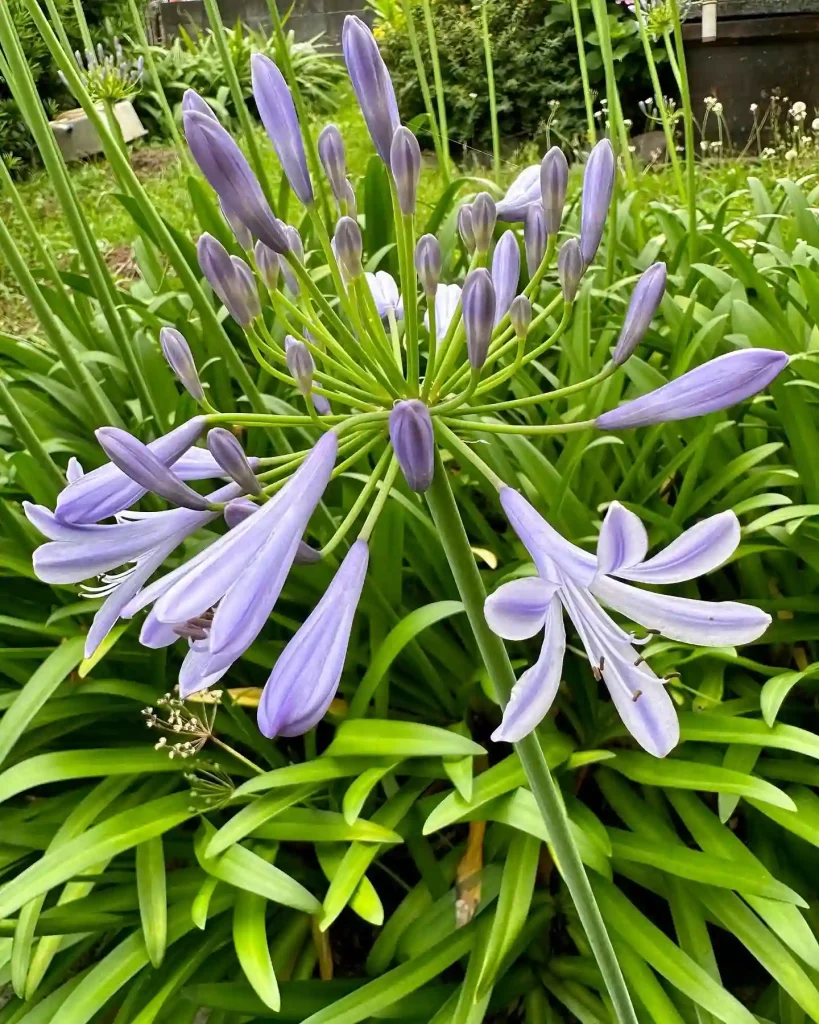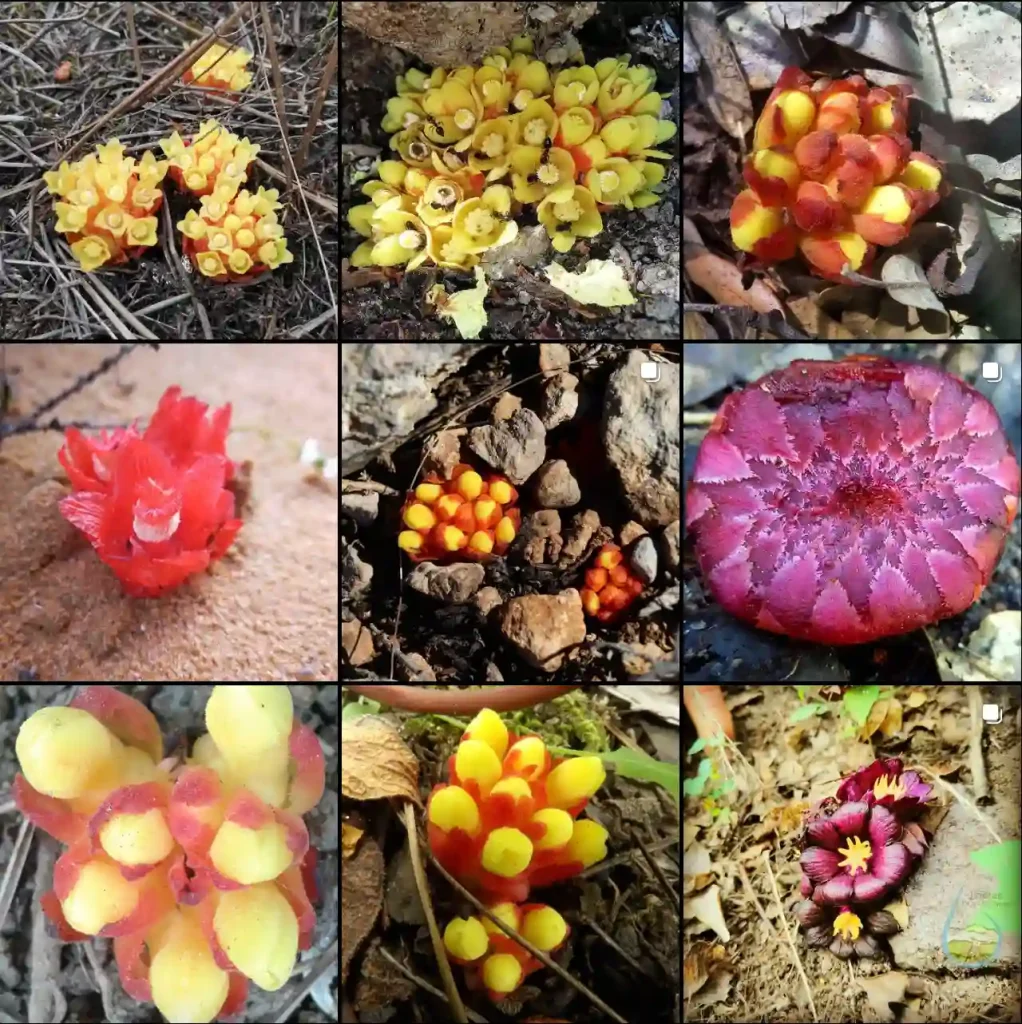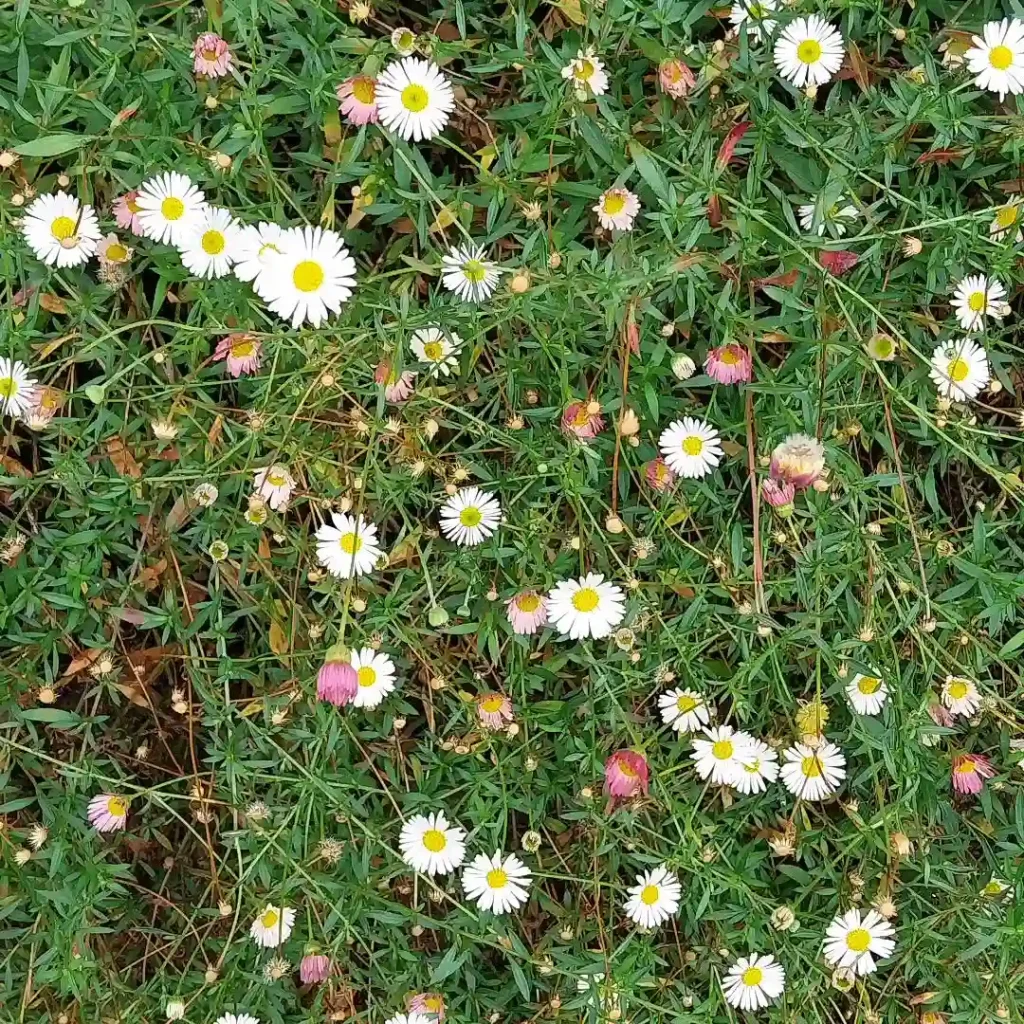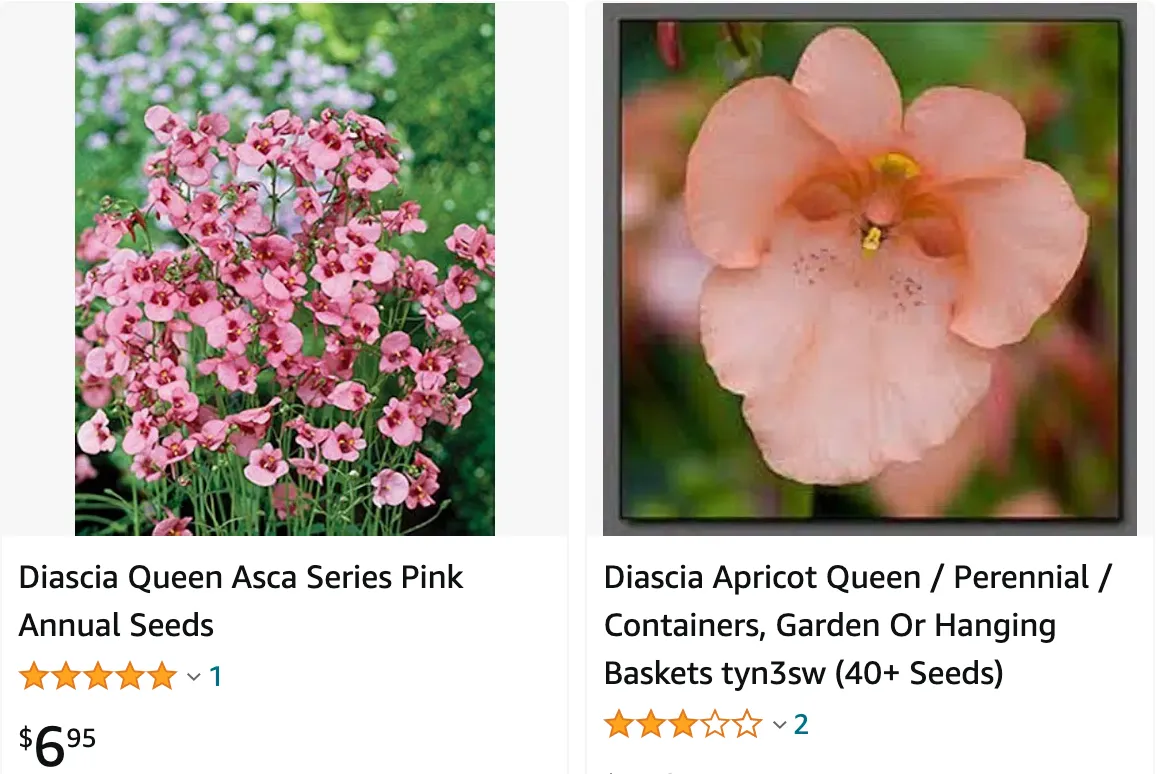
My Love Affair with Diascia
The world of plants is vast and diverse, filled with captivating colors, shapes, and scents. As an avid gardener and plant enthusiast, I, Ferb Vu, have always been drawn to the delicate beauty of Diascia, a genus of flowering plants that has captured my heart with its vibrant blooms and graceful demeanor.
Diascia, also known as twinspur, is a genus of around 63 species of herbaceous annual and perennial flowering plants belonging to the Scrophulariaceae family. These charming plants are native to southern Africa, where they thrive in diverse habitats, from rocky slopes to grasslands. Their delicate flowers, often in shades of pink, orange, and red, resemble miniature snapdragons, adding a touch of whimsy to any garden.
A Diverse Genus: Exploring the Many Faces of Diascia
The beauty of Diascia lies not only in its individual species but also in the remarkable diversity within the genus. From the compact and trailing Diascia barberae to the upright and robust Diascia rigescens, each species offers a unique charm. Here are:
- Diascia aliciae Hiern
- Diascia alonsooides Benth.
- Diascia anastrepta Hilliard & B.L.Burtt
- Diascia appendiculata K.E.Steiner
- Diascia ausana Dinter
- Diascia austromontana K.E.Steiner
- Diascia barberae Hook.f.
- Diascia batteniana K.E.Steiner
- Diascia bergiana Link & Otto
- Diascia bicolor K.E.Steiner
- Diascia caitliniae K.E.Steiner
- Diascia capensis (L.) Britten
- Diascia capsularis Benth.
- Diascia cardiosepala Hiern
- Diascia collina K.E.Steiner
- Diascia cordata N.E.Br.
- Diascia cuneata E.Mey. ex Benth.
- Diascia decipiens K.E.Steiner
- Diascia dielsiana Schltr. ex Hiern
- Diascia diffusa Benth.
- Diascia dissimulans Hilliard & B.L.Burtt
- Diascia ellaphieae K.E.Steiner
- Diascia elongata Benth.
- Diascia engleri Diels
- Diascia esterhuyseniae K.E.Steiner
- Diascia fetcaniensis Hilliard & B.L.Burtt
- Diascia fragrans K.E.Steiner
- Diascia glandulosa E.Phillips
- Diascia gracilis Schltr.
- Diascia hexensis K.E.Steiner
- Diascia humilis K.E.Steiner
- Diascia insignis K.E.Steiner
- Diascia integerrima E.Mey. ex Benth.
- Diascia lewisiae K.E.Steiner
- Diascia lilacina Hilliard & B.L.Burtt
- Diascia longicornis (Thunb.) Druce
- Diascia macrophylla (Thunb.) Spreng.
- Diascia maculata K.E.Steiner
- Diascia megathura Hilliard & B.L.Burtt
- Diascia minutiflora Hiern
- Diascia mollis Hilliard & B.L.Burtt
- Diascia namaquensis Hiern
- Diascia nana Diels
- Diascia nodosa K.E.Steiner
- Diascia pachyceras E.Mey. ex Benth.
- Diascia parviflora Benth.
- Diascia patens (Thunb.) Grant ex Fourc.
- Diascia pentheri Schltr.
- Diascia personata Hilliard & B.L.Burtt
- Diascia purpurea N.E.Br.
- Diascia pusilla K.E.Steiner
- Diascia racemulosa Benth.
- Diascia ramosa Scott Elliot
- Diascia rigescens E.Mey. ex Benth.
- Diascia rudolphii Hiern
- Diascia runcinata E.Mey. ex Benth.
- Diascia sacculata Benth.
- Diascia stachyoides Schltr. ex Hiern
- Diascia stricta Hilliard & B.L.Burtt
- Diascia tanyceras E.Mey. ex Benth.
- Diascia tugelensis Hilliard & B.L.Burtt
- Diascia veronicoides Schltr.
- Diascia vigilis Hilliard & B.L.Burtt
What does diascia look like?
Diascia is a charming flowering plant with delicate, tubular flowers that resemble miniature snapdragons. Its flowers come in various colors, including shades of pink, purple, white, and coral. The foliage is typically small, narrow, and green, providing a lovely backdrop to the abundant blooms.
Are diascia perennial?
Diascia plants are usually grown as annuals or short-lived perennials in regions with mild winters. In colder climates, they may not survive frost and are treated as annuals. However, in warmer climates, they can behave as short-lived perennials, returning each year if provided with proper care.
How to pronounce diascia?
Diascia is pronounced “dy-ASH-ee-uh.”
Is diascia poisonous to dogs?
There is limited information available regarding the toxicity of Diascia to dogs. As a precaution, it’s best to keep pets away from the plant to prevent accidental ingestion.
How to deadhead diascia?
To deadhead Diascia:
- Regular Inspection: Check the plant regularly for spent flowers.
- Pinching Method: Pinch off faded flowers with your fingers, removing them along with the stem down to a healthy set of leaves or just above a leaf node.
- Shearing Method: Alternatively, you can shear back the entire plant lightly after the first flush of blooms to promote a second wave of flowering.
How to prune diascia?
Pruning Diascia is straightforward:
- Trimming Spent Blooms: Remove spent flowers regularly to encourage continuous blooming and maintain a tidy appearance.
- Shape Maintenance: Trim back any leggy or overgrown stems to promote bushier growth and maintain the plant’s shape.
Is diascia poisonous to cats?
There is limited information available regarding the toxicity of Diascia to cats. As a precaution, it’s best to keep pets away from the plant to prevent accidental ingestion.
Where to buy diascia plants?
You can buy Diascia plants at local nurseries, garden centers, or online plant retailers specializing in annuals and perennials. They are typically available in spring and summer when in bloom.
Do slugs eat diascia?
Slugs may occasionally feed on the tender foliage and flowers of Diascia plants, especially in damp or humid conditions. Consider using organic or chemical slug control methods if slug damage becomes a problem.
How to care for diascia?
To care for Diascia:
- Sunlight: Plant Diascia in a location that receives full sun to partial shade, depending on your climate. They thrive in bright sunlight but can tolerate some shade, especially in hot climates.
- Watering: Keep the soil consistently moist but not waterlogged. Water regularly, especially during hot and dry periods, to prevent wilting.
- Soil: Plant Diascia in well-draining soil rich in organic matter. Ensure good drainage to prevent waterlogging, which can lead to root rot.
- Fertilizing: Feed Diascia with a balanced, water-soluble fertilizer every 4-6 weeks during the growing season to promote healthy growth and flowering.
- Deadheading: Remove spent flowers regularly to encourage continuous blooming and maintain a neat appearance.
What is the difference between nemesia and diascia?
While Nemesia and Diascia belong to the same family (Scrophulariaceae), they have distinct differences:
- Flower Structure: Nemesia flowers have two lips, resembling miniature snapdragons, while Diascia flowers are tubular with five petals.
- Growth Habit: Nemesia plants tend to have a more compact, bushy growth habit compared to the slightly more sprawling habit of Diascia.
- Fragrance: Some Nemesia varieties have a sweet fragrance, while Diascia flowers are not typically fragrant.
- Hardiness: Nemesia plants are generally more tolerant of cooler temperatures and may overwinter in milder climates, while Diascia is more heat-tolerant and may struggle in colder climates.
If i die, water my plants!
